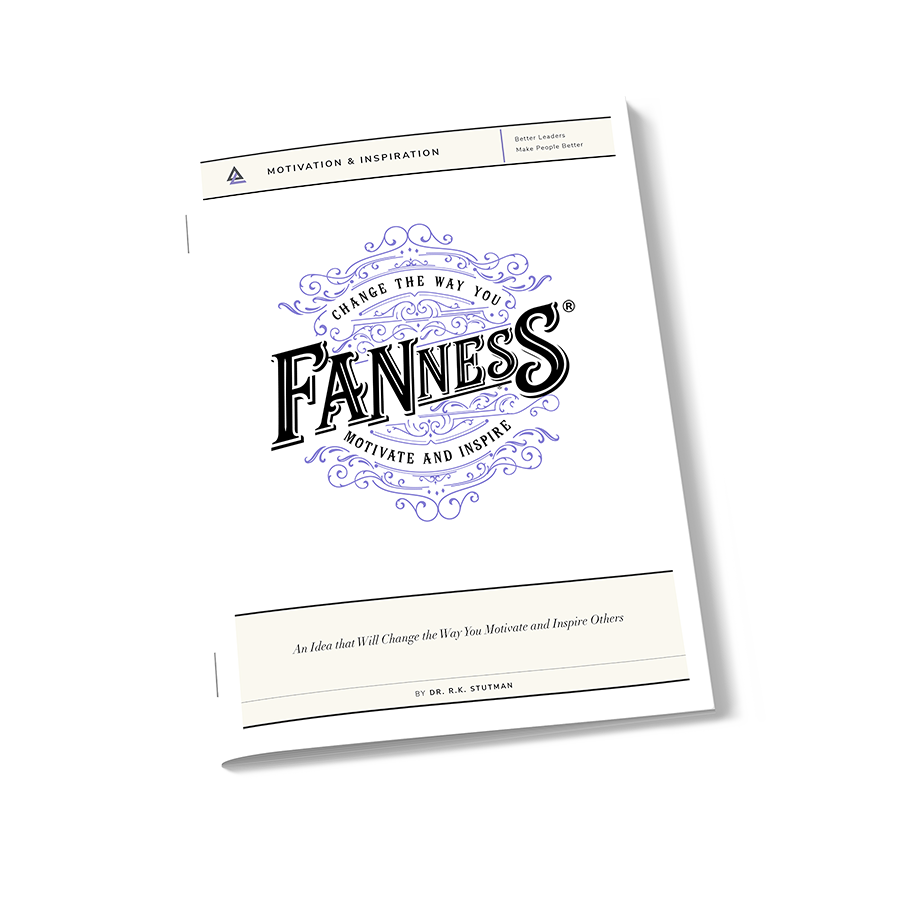To live up to the standard of inclusion and empowerment, as well as to foster buy-in and subscription to decisions, most leaders and teams operate from the decision rule of consensus.
Consensus doesn’t require that everyone agree with the decision, but it does necessitate that everyone can live with the decision and execute it as if they agreed with it.
To achieve consensus, teams often go to great lengths to debate and discuss matters until all the critical stakeholders are comfortable with the decision and can move forward to implement it.
In some organizations and on some teams, this takes an enormous amount of time and patience, as it only takes one party to hold up the decision.
Good leaders become skillful at working consensus by engaging in conversations with those opposed to a decision, attempting to find a way to make them more agreeable either by further shaping the decision or convincing them the wisdom of the group needs to be respected.
On occasion, one or more stalwarts believe so strongly that the proposed decision is untenable or so distasteful as to prohibit their support.
At this point in the consensus process, good leaders declare that consensus can’t be reached, summarize the arguments for and against, and then make the call.
But the temptation on many teams is to call for a vote instead. While this might seem like a logical next step, it is a highly destructive choice.
Once a team chooses to vote on a decision, it has lost the goodwill required for consensus going forward.
The very idea of consensus is to bring everyone along or to modify the decision to achieve a collaborative result. Team members who can tell they are in the minority but refuse to respect the wisdom of the group are indicating that they prefer to act on their own interests and not on the interests of the team.
Once the goodwill and collaborative spirit are broken with a vote, instead of working through tough or testy issues and decisions in the future, team members now know they can upend the process by calling for a vote, even when consensus is possible.
The likelihood that this will occur more frequently goes up every time the team votes.
Voting on issues and decisions has little to recommend it in the workplace beyond expediency. While team members usually don’t get upset with the result, it creates a very different team dynamic that is antithetical to collaboration.
The acceptance of voting encourages team members to seek to influence voting outcomes as opposed to reconciling competing proposals, ideas, and arguments through open discussion.
While governing bodies often use voting to officially identify those in favor and those opposed and to carry out their fiduciary duties, high-performing teams require a standard of collaboration to achieve excellence in both decision-making and execution.
Without it, teams become susceptible to the same negative influences found in other democratic processes, such as faulty compromise, groupthink, underrepresented voices, apathy, and lobbying for votes.
A team committed to consensus is better off allowing the leader to decide when they can’t reach a collaborative conclusion.
Voting seems like a natural decision rule in times of irreconcilable differences, but it has the potential to rob the team of the collaborative spirit that makes for great decisions and execution.
No need to take a vote on that. Let’s talk it through instead.

Since We Can’t Agree, Let’s Vote on It
Sign-up Bonus
Enter your email for instant access to our Admired Leadership Field Notes special guide: Fanness™—An Idea That Will Change the Way You Motivate and Inspire Others.
Inspiring others is among the highest callings of great leaders. But could there be anything you don’t know, you haven’t heard, about how to motivate and inspire?
Could there really be a universal principle that the best leaders follow? A framework that you could follow too?
There is.
Everyone who signs up for Admired Leadership Field Notes will get instant access to our special guide that describes a powerful idea we call Fanness™ (including a special 20-minute video that really brings this idea to life).
